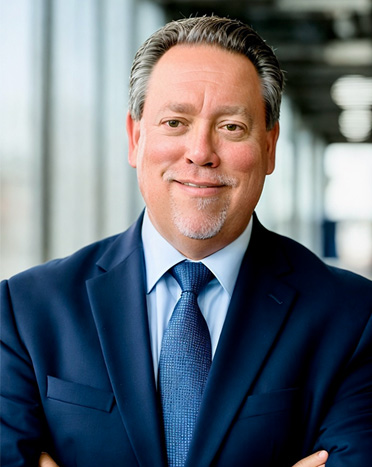BALTIMORE, MD, March 16, 2022 – New audio is available for media use featuring Sommer Gentry, co-Director of the CSTAR Center for Surgery and Transplant Applied Research in the Grossman School of Medicine at New York University. She is also a member of INFORMS. Gentry speaks about how to optimize systems and processes to improve access to organ transplantation. This content is made available by INFORMS, the largest association for the decision and data sciences. All sound should be attributed to Sommer Gentry. There are four questions and responses. These responses were provided on March 16, 2022.
Question 1: What are the biggest challenges America faces right now when it comes to access to organ transplantation?
Time Cue: 00:43, Soundbite Duration: 00:25
Transcription: “Well, there are more than 100K people who are waiting for an organ and some people will unfortunately die waiting because there aren’t enough organs available from deceased donors and living donors to meet the need. So, one of the biggest challenges we face right now is organs that are potentially usable that might not be getting used, and that could have something to do with delays in finding the right recipient for a particular organ.”
Question 2: How are organs currently allocated to recipients?
Time Cue: 01:14, Soundbite Duration: 00:30
Transplantation: “Organs right now go to the highest-priority recipient who is within a certain distance, say 250 miles or 500 miles of where that organ was recovered. But, the OPTN (Organ Procurement Transplantation Network) wants to reduce that dependence on geography in order to be more equitable to patients no matter where they live. And so, they’re developing a continuous allocation score that won’t have these fixed boundaries of 250 miles or 500 miles.”
Question 3: Where has your work been centered on improving access to organ transplants?
Time Cue: 01:52, Soundbite Duration: 00:43
Transplantation: “Well, when we develop a continuous allocation score that doesn’t have any geographic boundaries, we have to include lots of factors like if the person is biologically disadvantaged for an organ because of their blood type or because they are sensitized if we want to give them extra access to organs because they’re a pediatric recipient whose growth is being impacted by this lack of organ function. So, in weighing all of those factors together, you end up with a very complicated design problem to choose how to make that one score that combines all of those factors. And I’ve been working on using a simulation optimization to make sure that score is fair and achieves the goals of distributing organs.”
Question 4: How can America improve its access to organ transplantation?
Time Cue: 02:42, Soundbite Duration: 00:25
“Well, really what’s important to a candidate waiting for a transplant is to get that transplant. And so what we could do is to align the incentives properly so that hospitals and transplant centers are being evaluated on their ability to get that person across the finish line and get them a transplant, rather than focusing on very small differences in outcomes between different types of donors or patients.”


Media Contact
Jeff Cohen
Chief Strategy Officer
INFORMS
Catonsville, MD
[email protected]
443-757-3565

